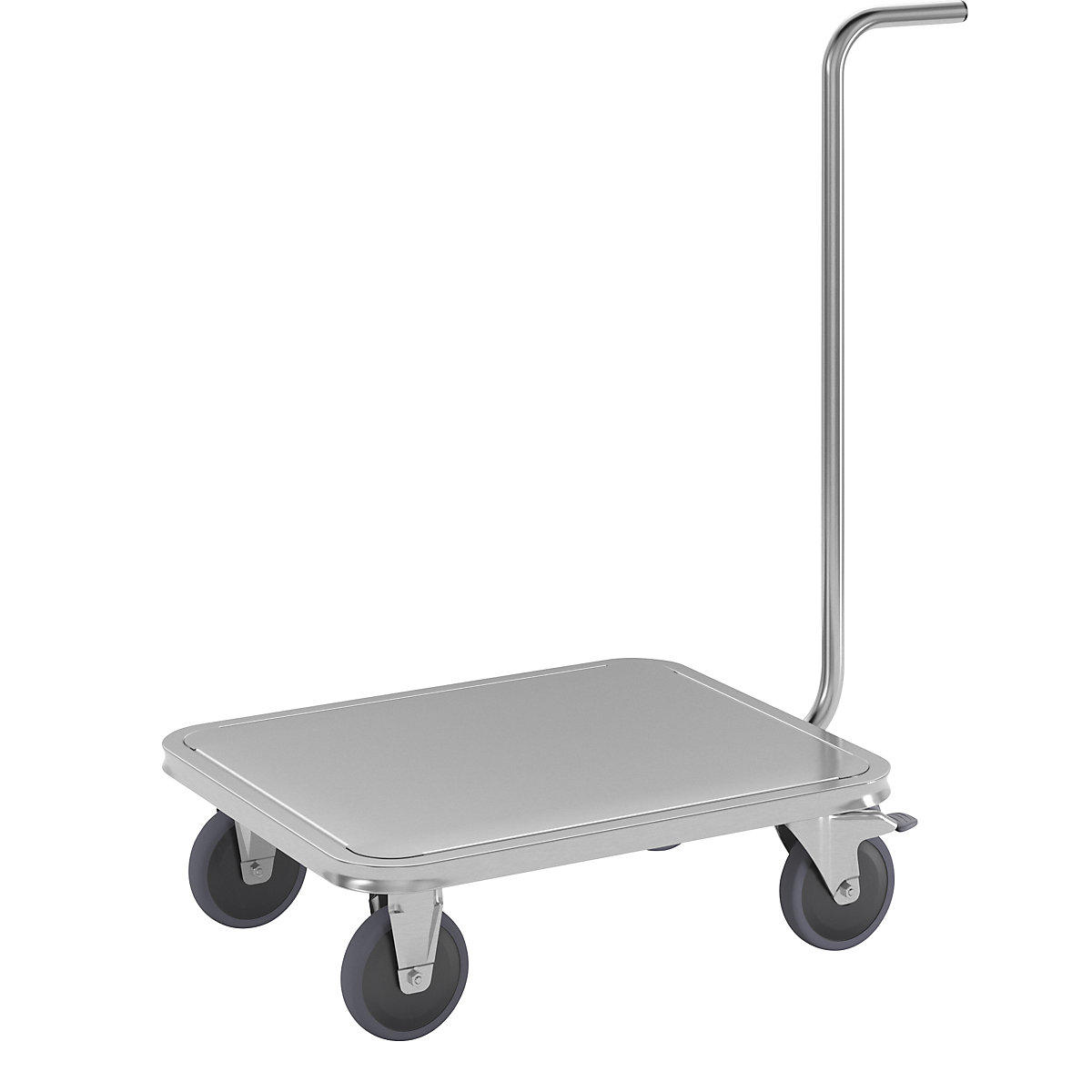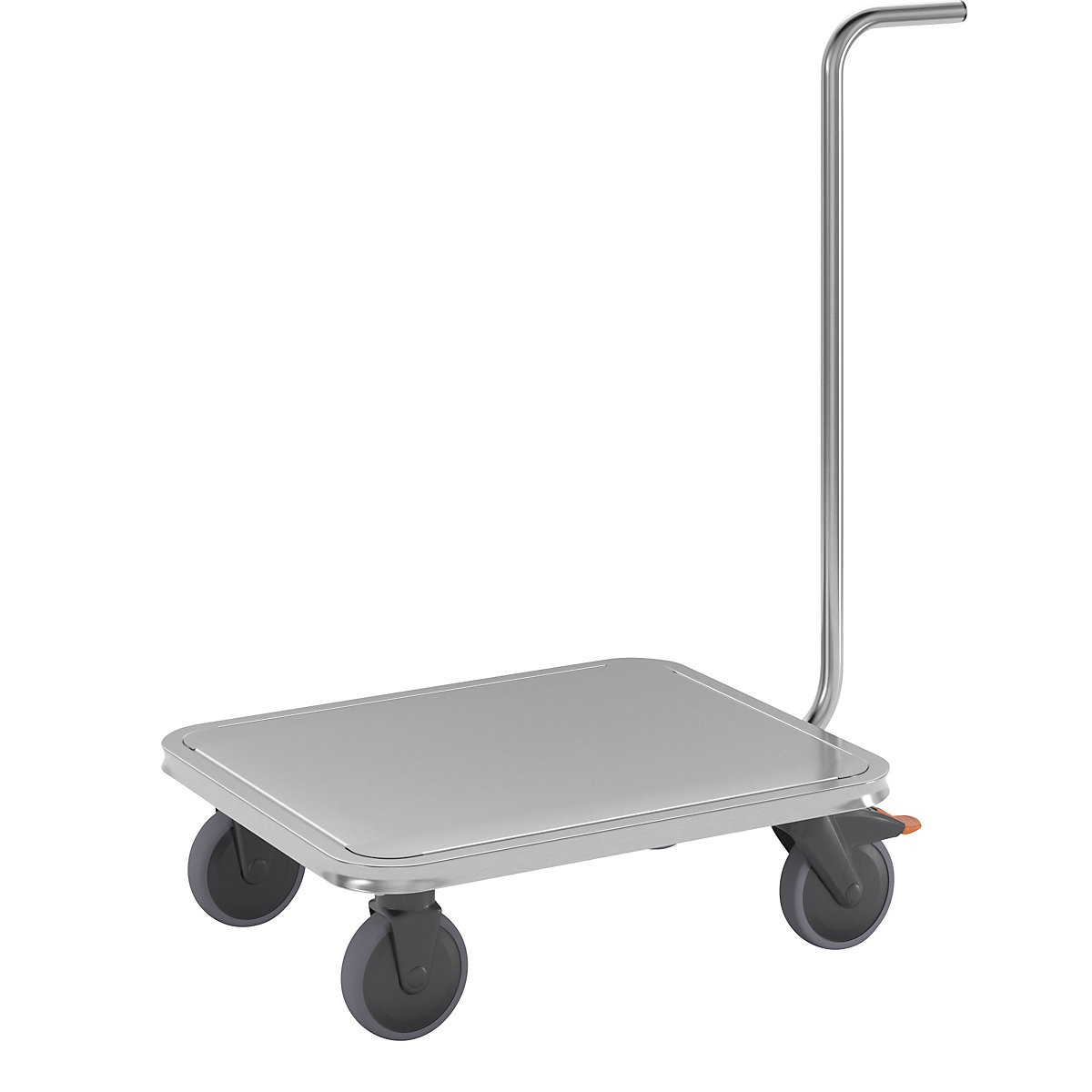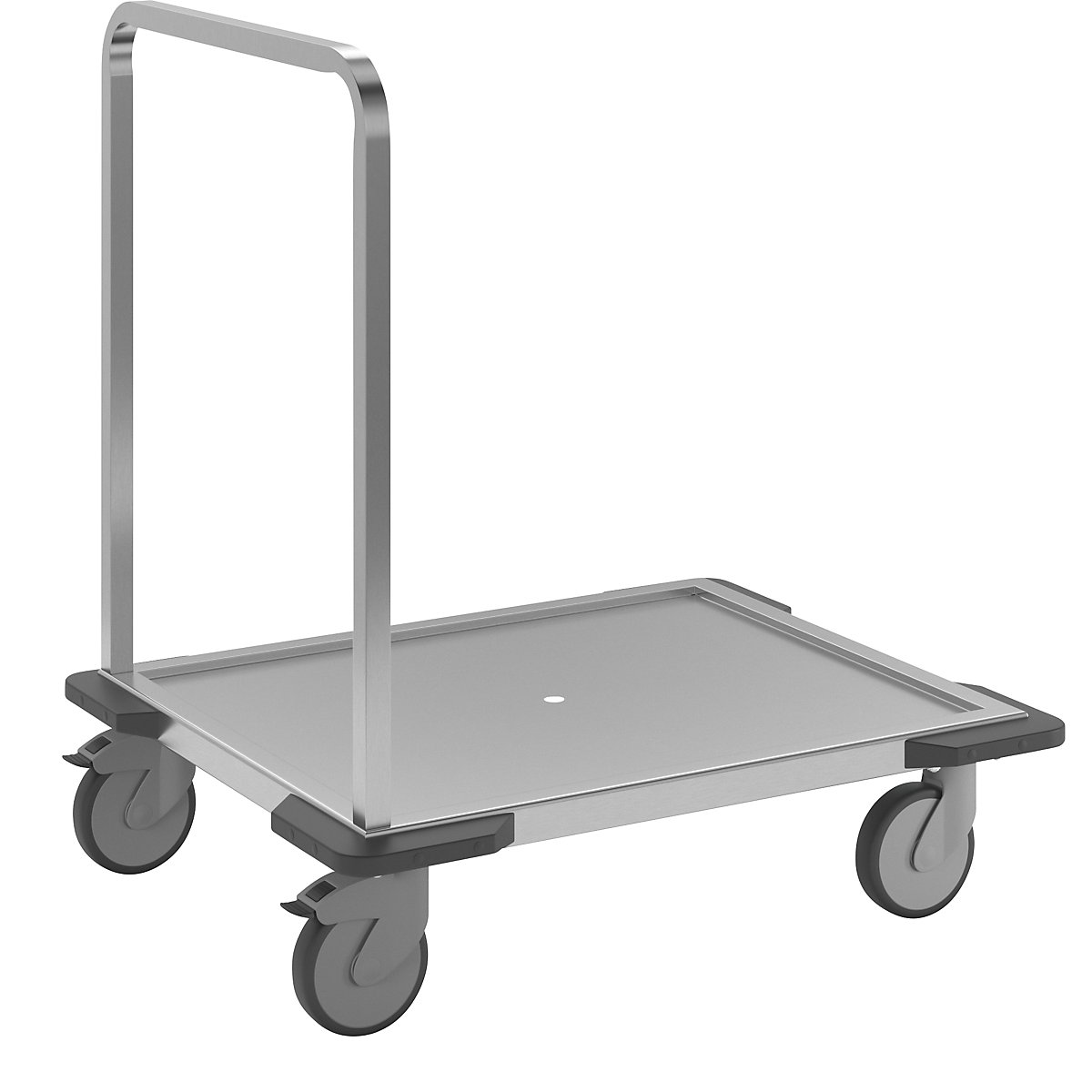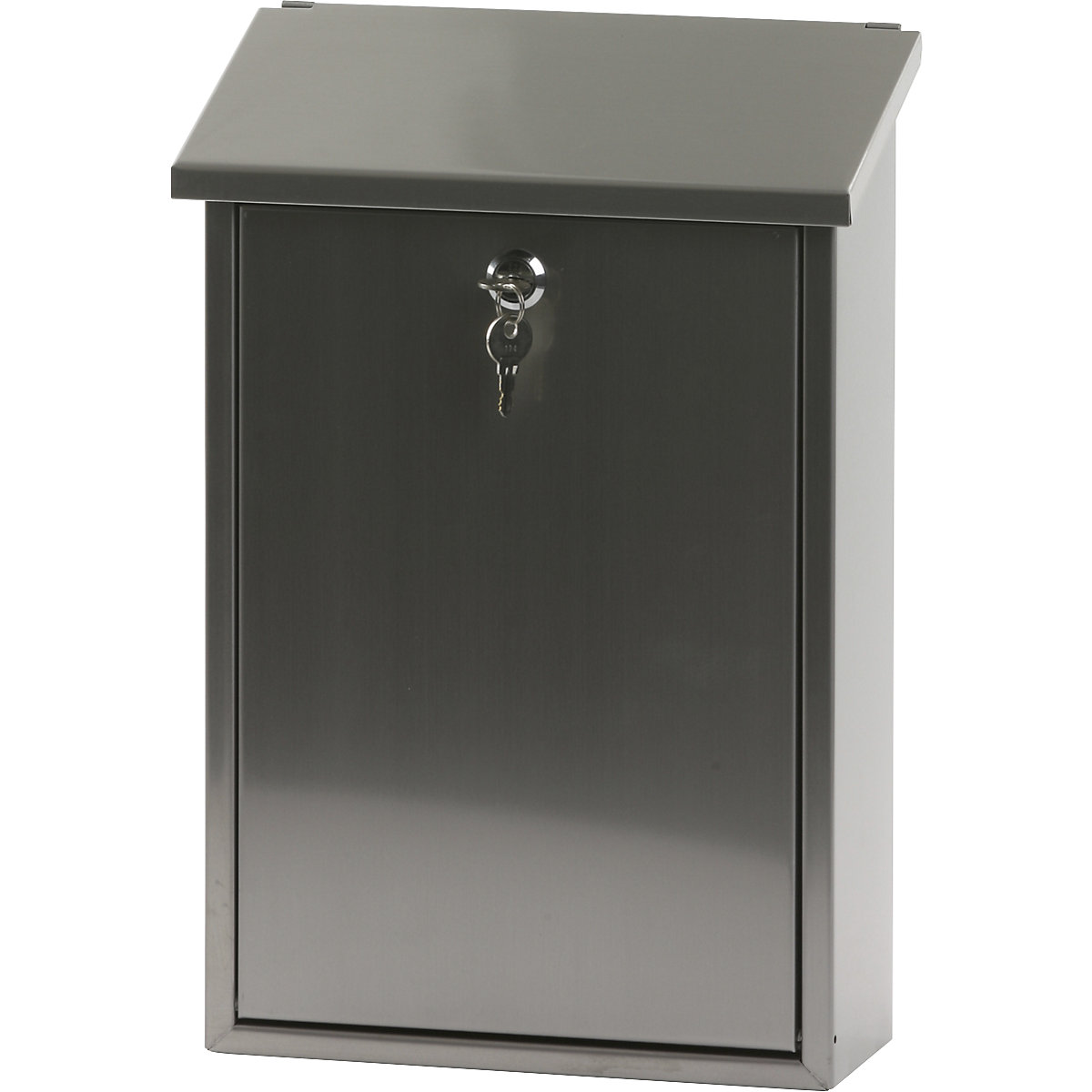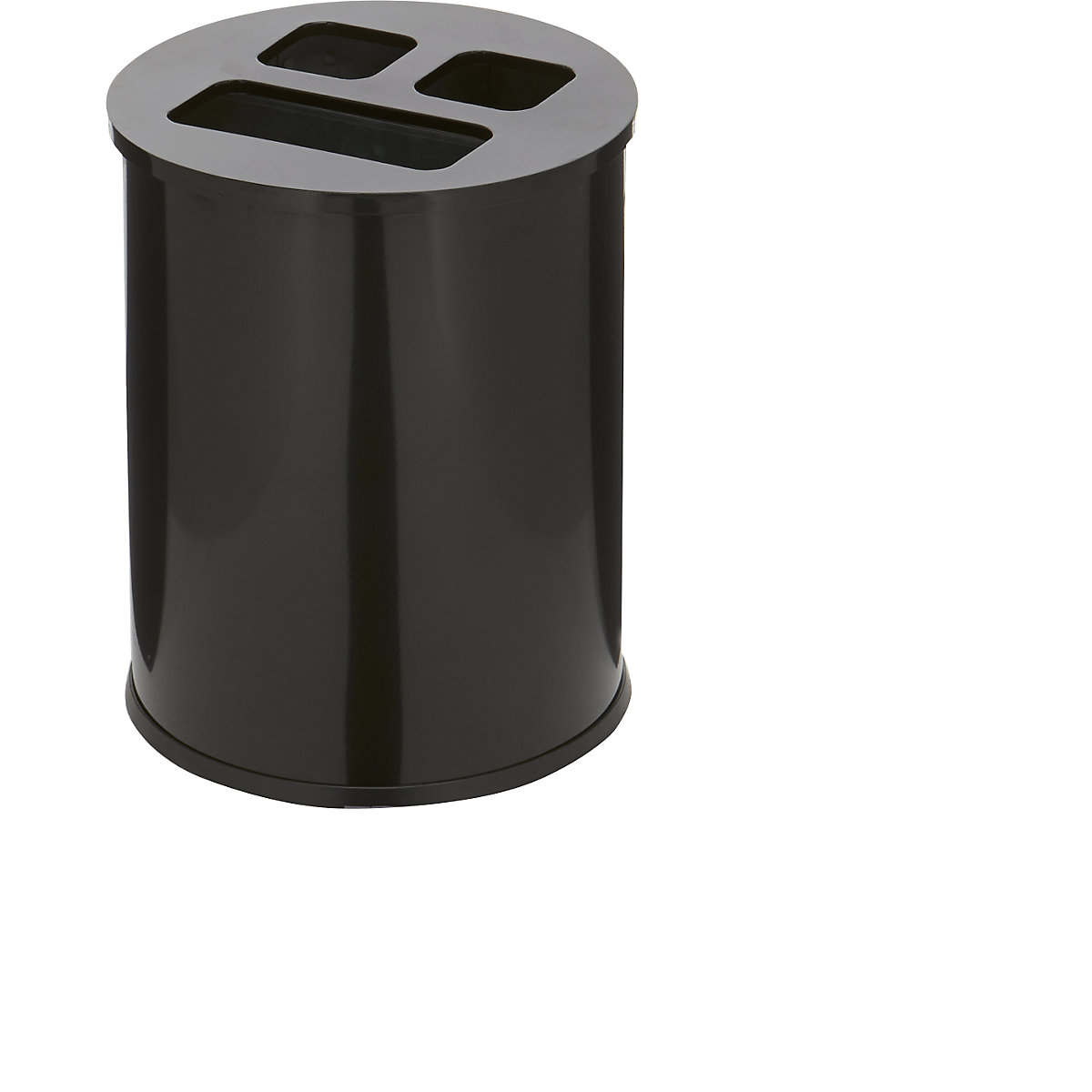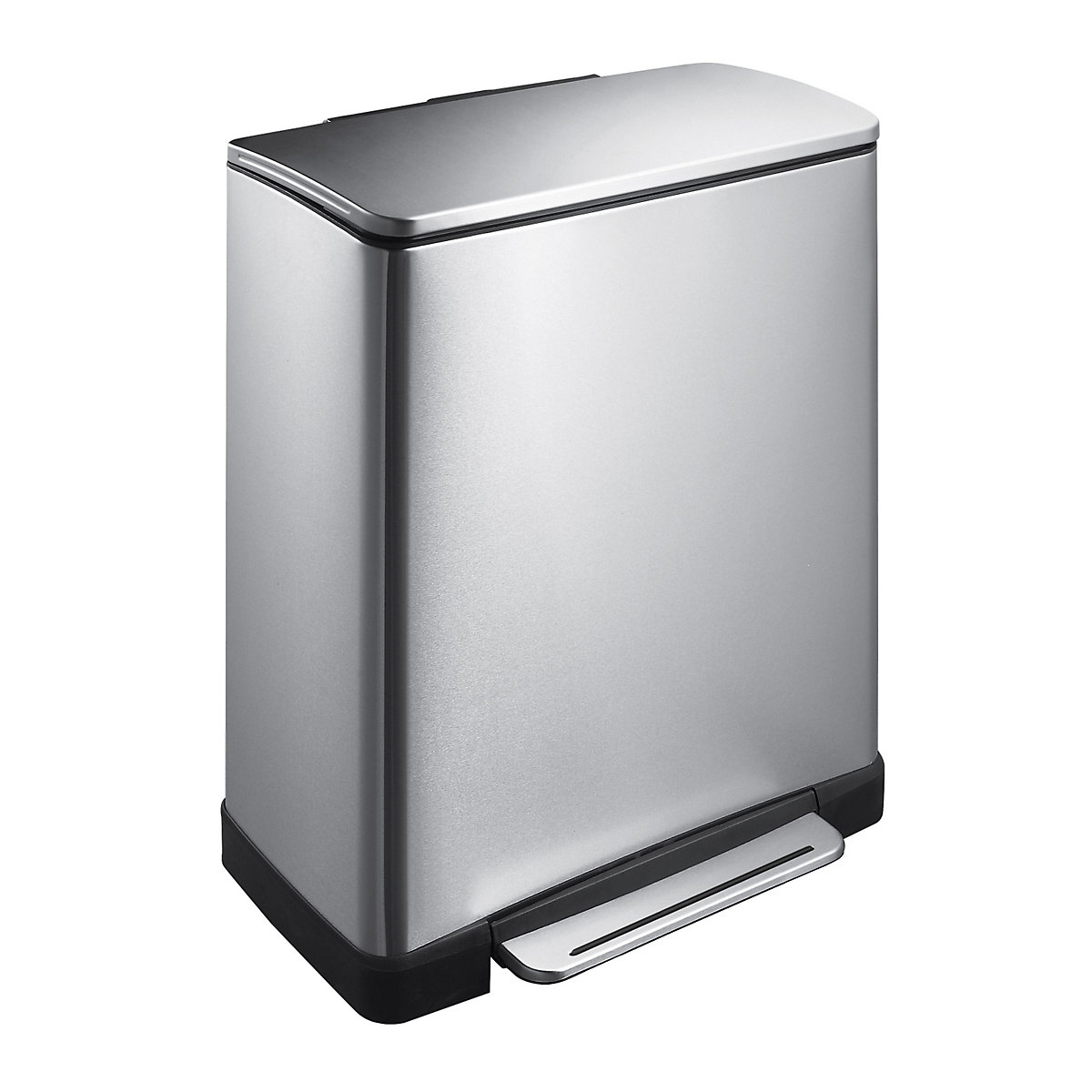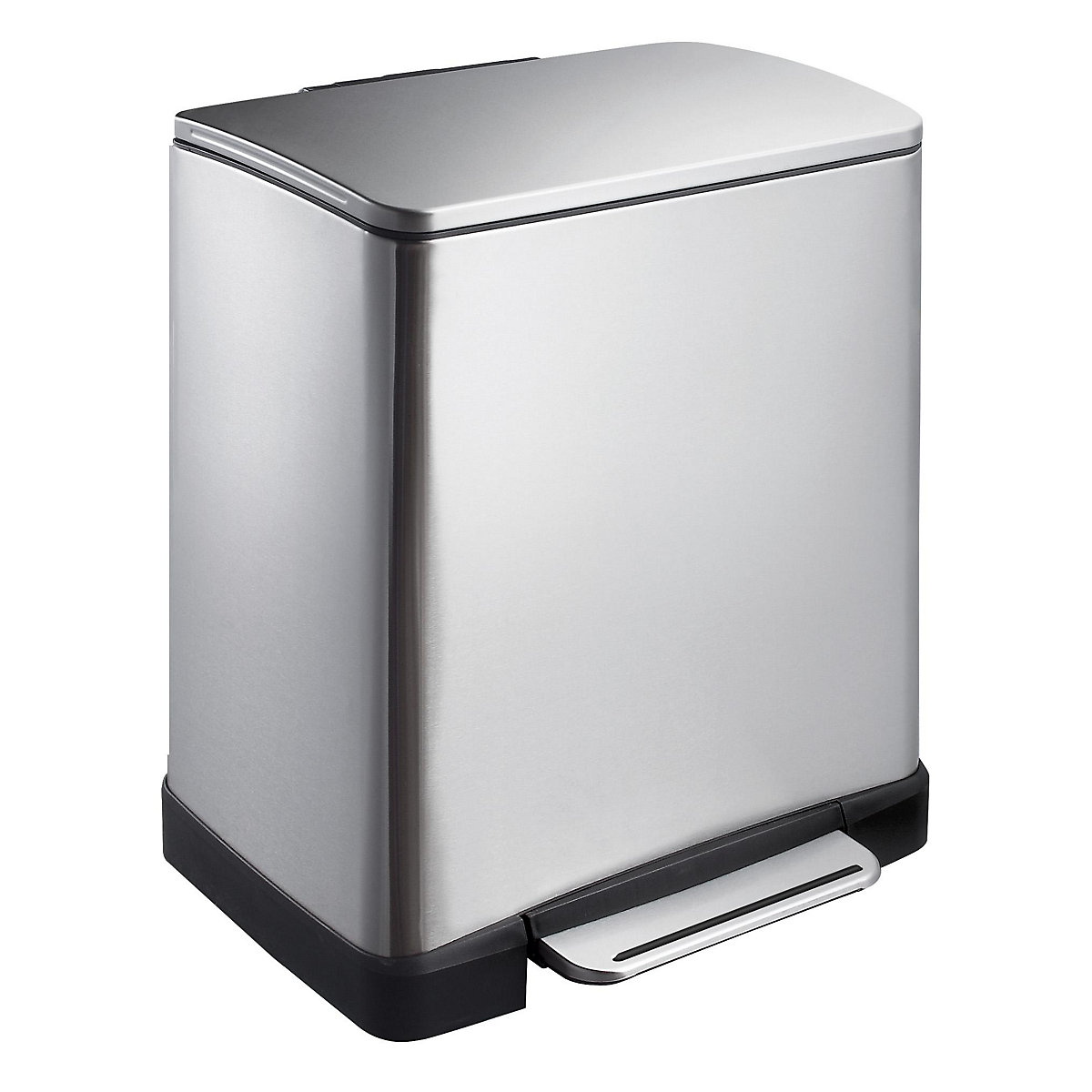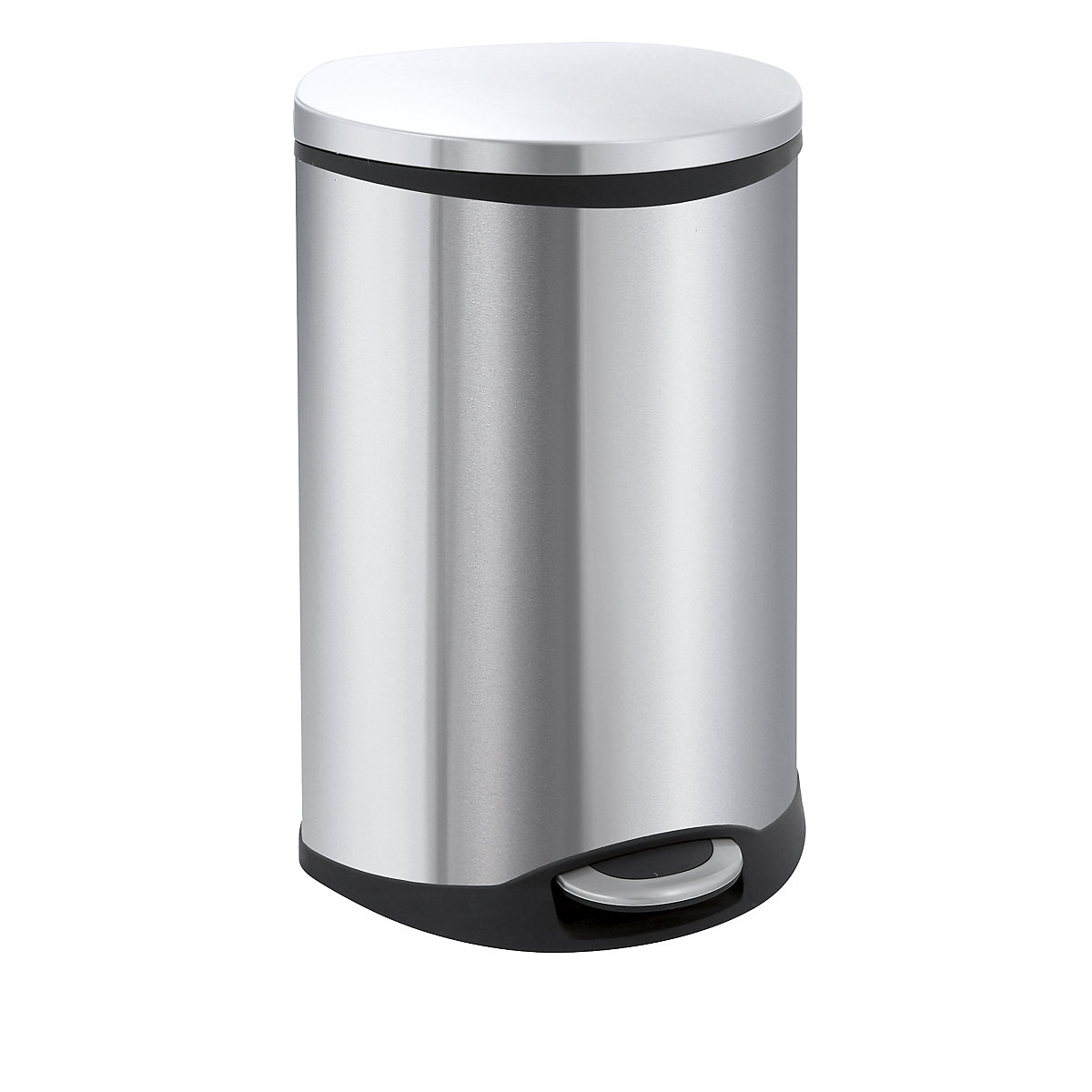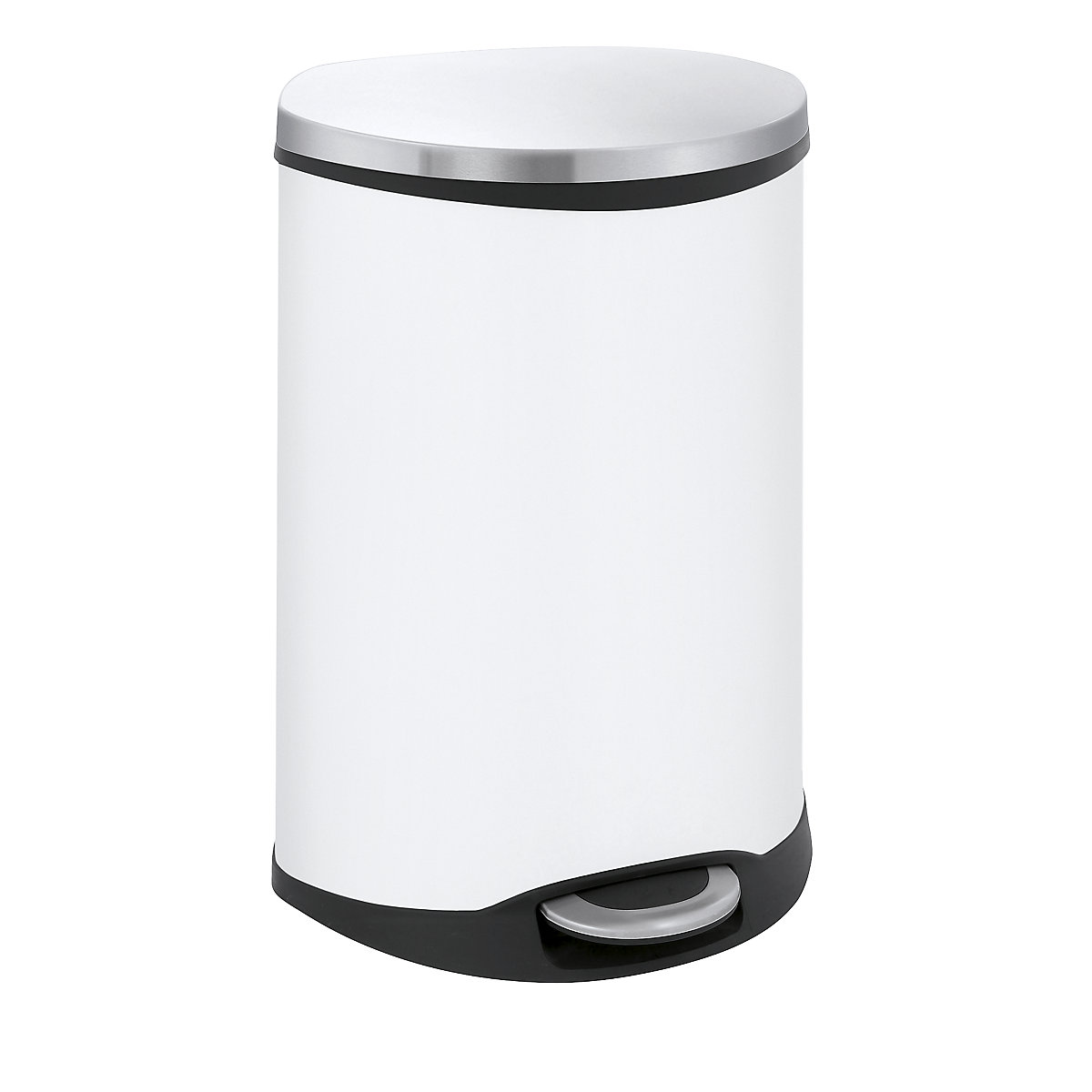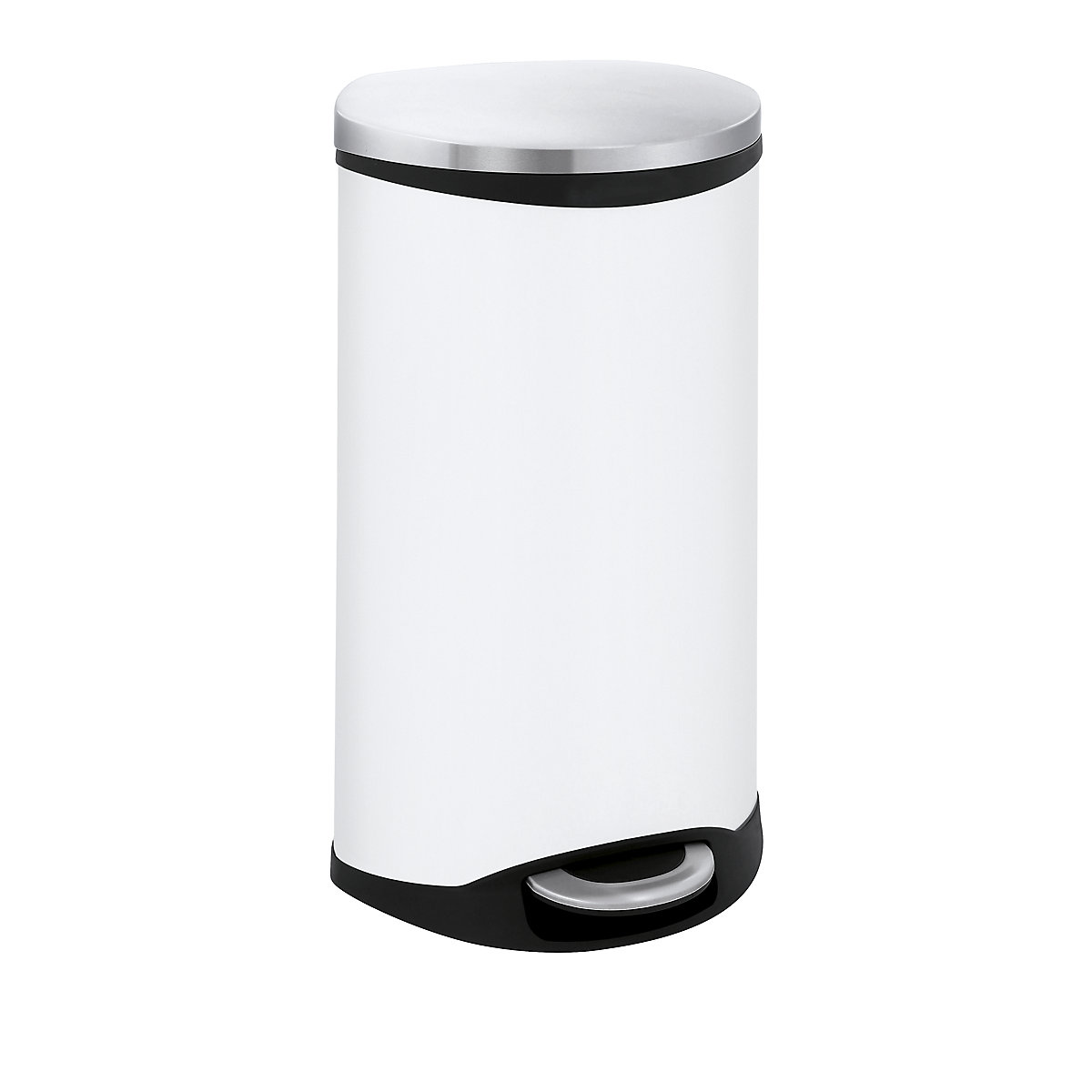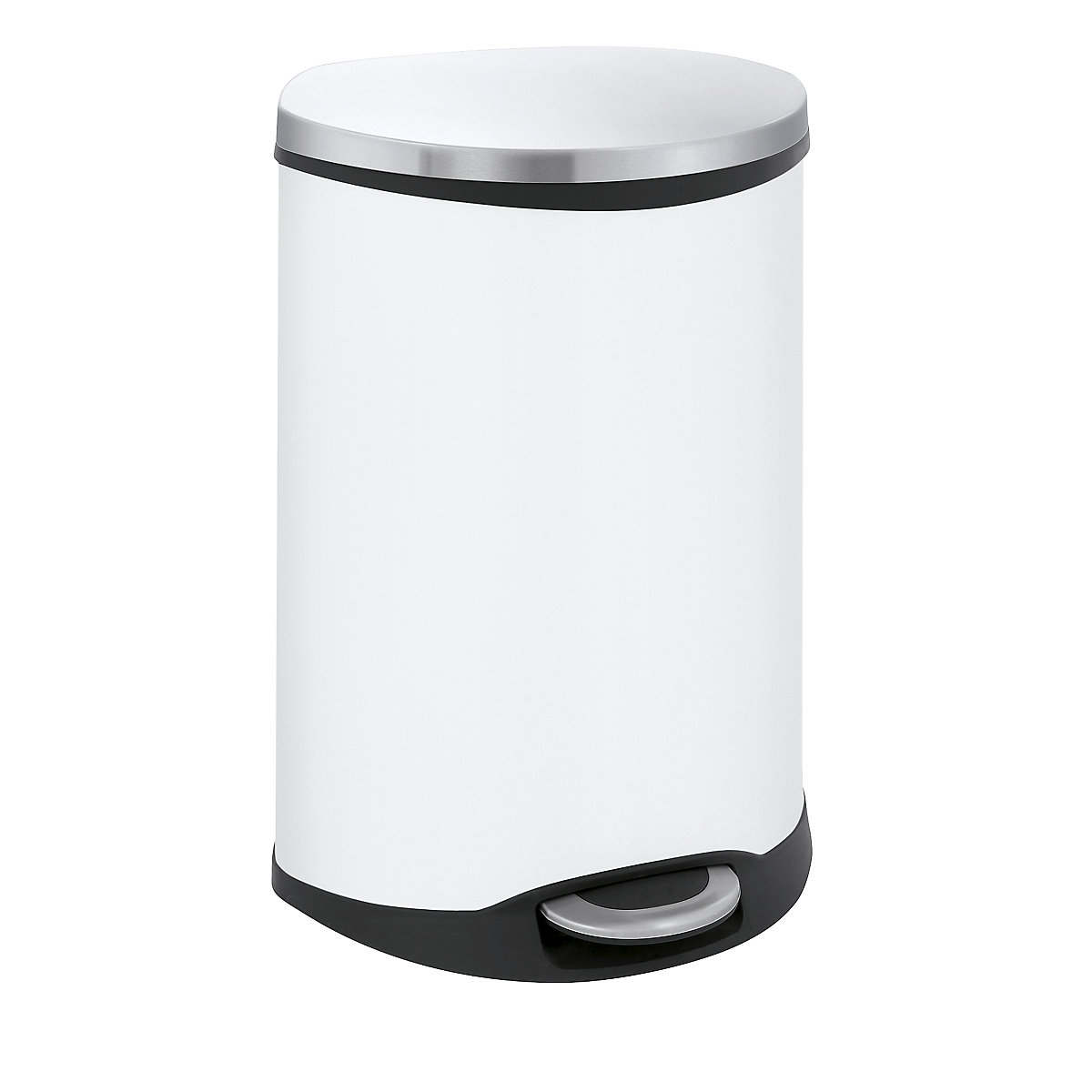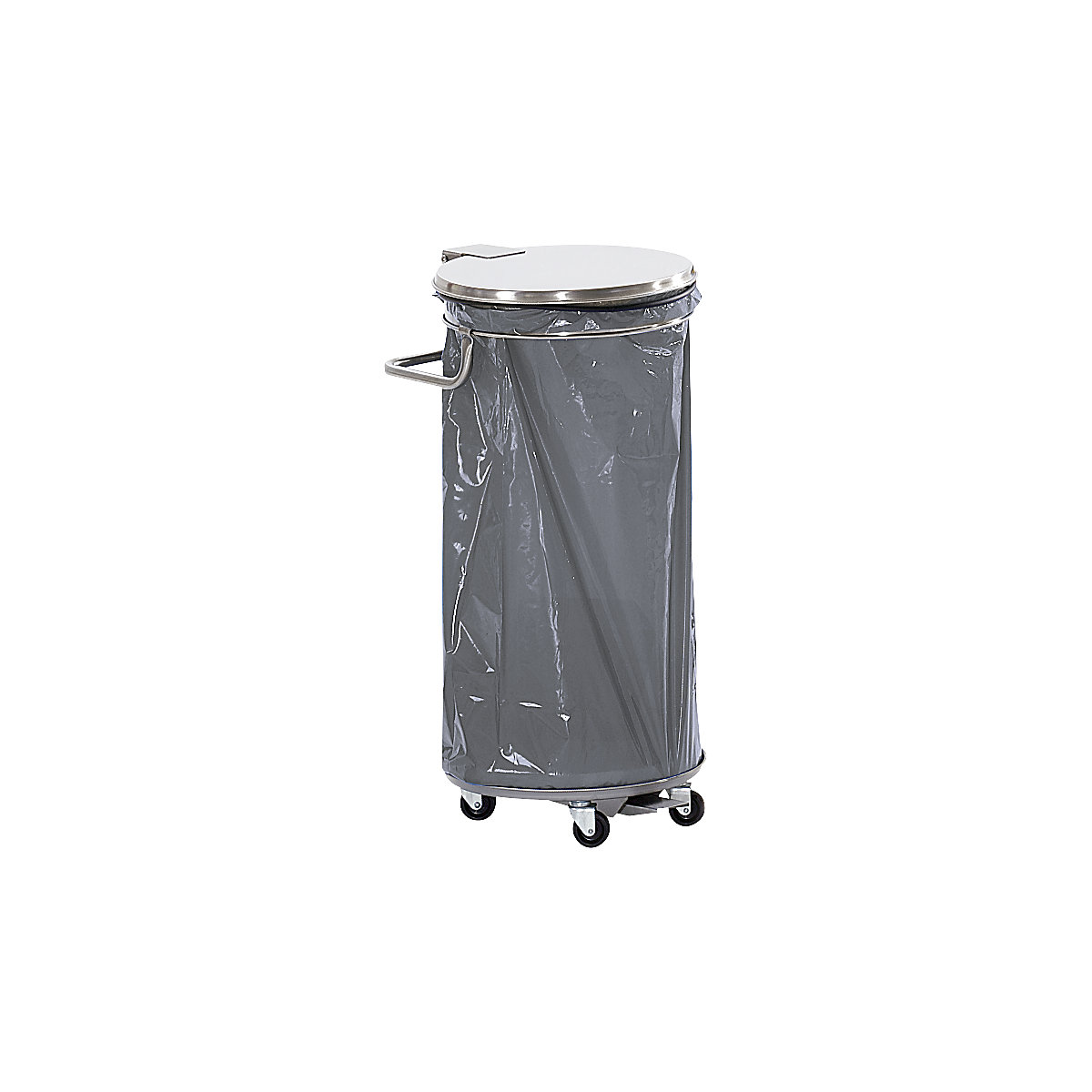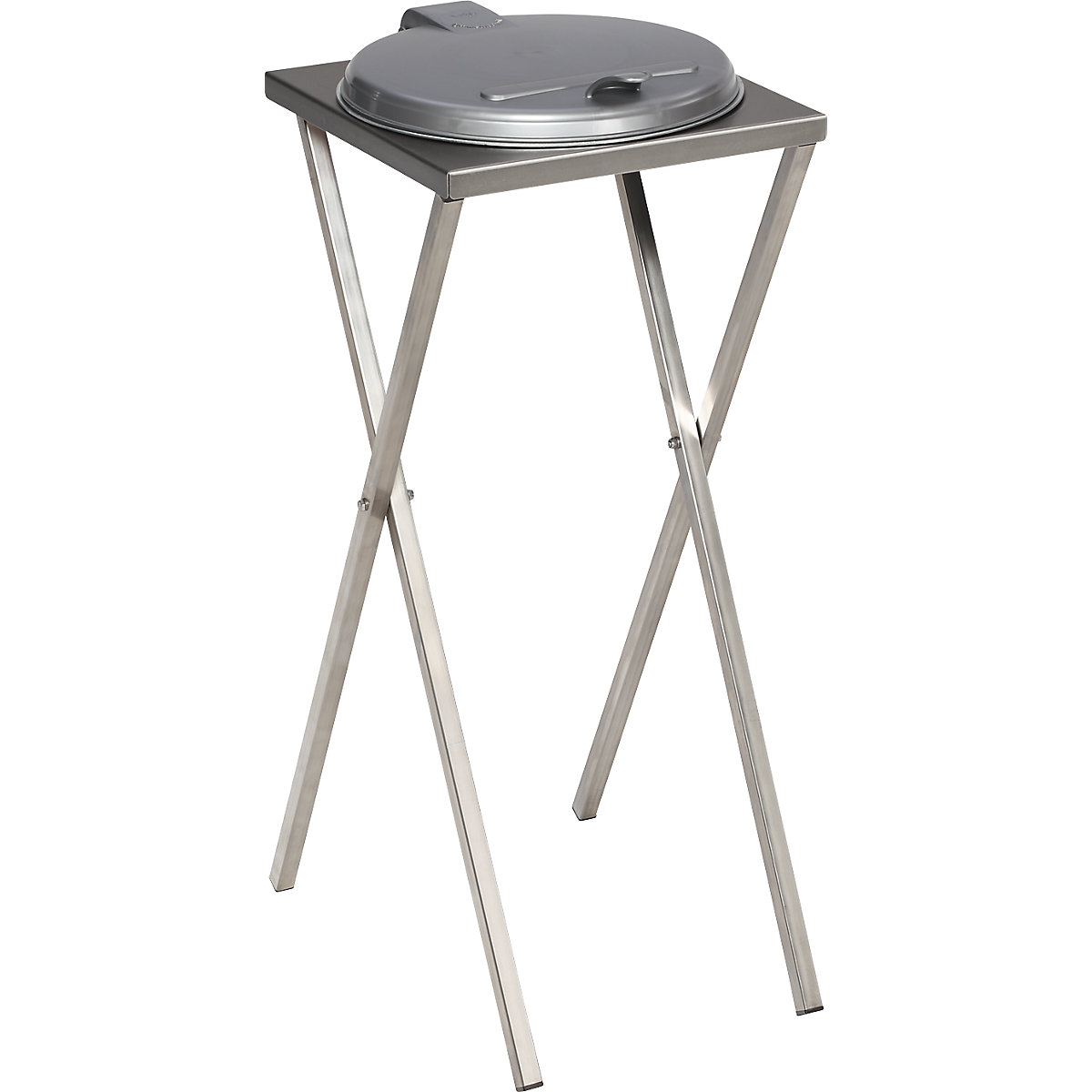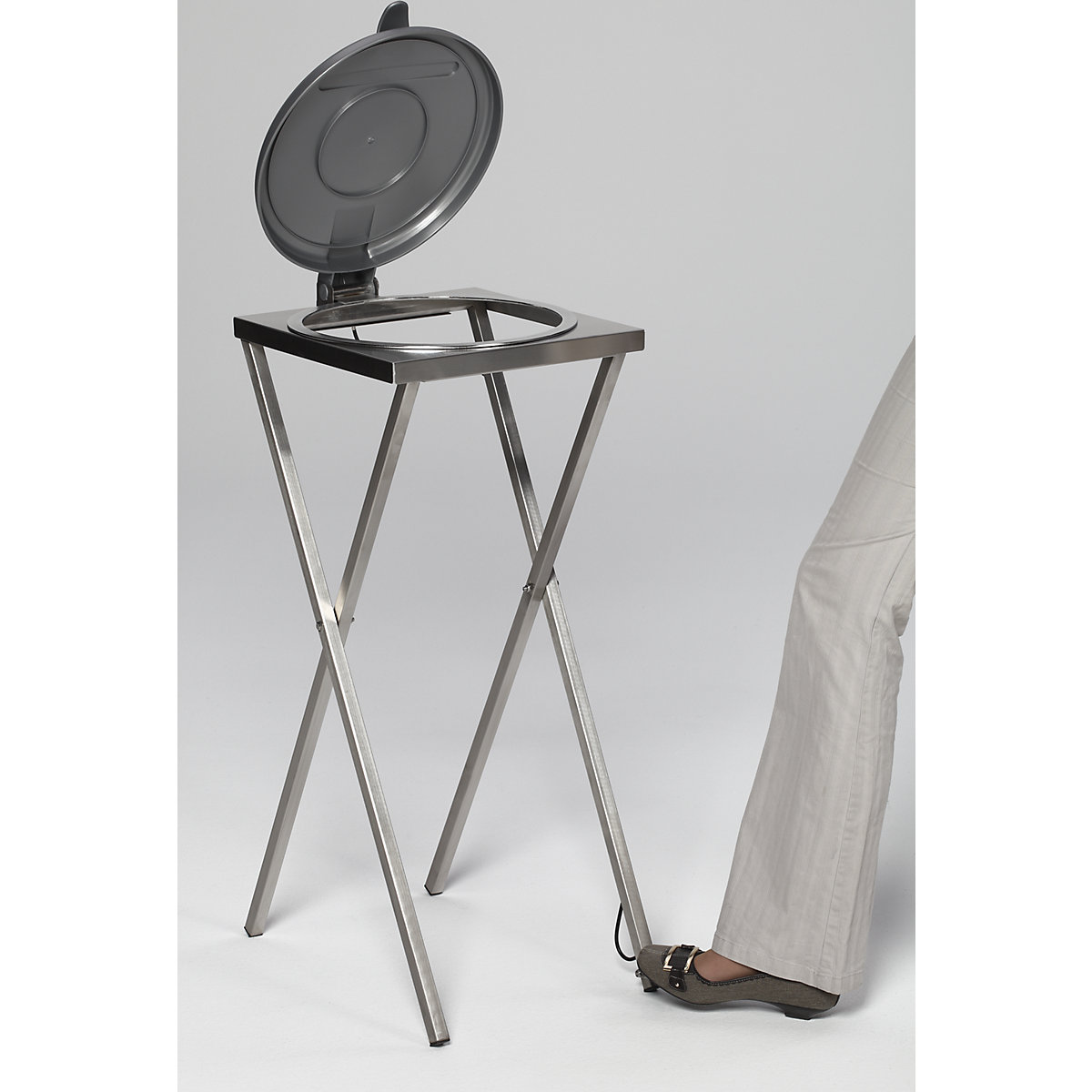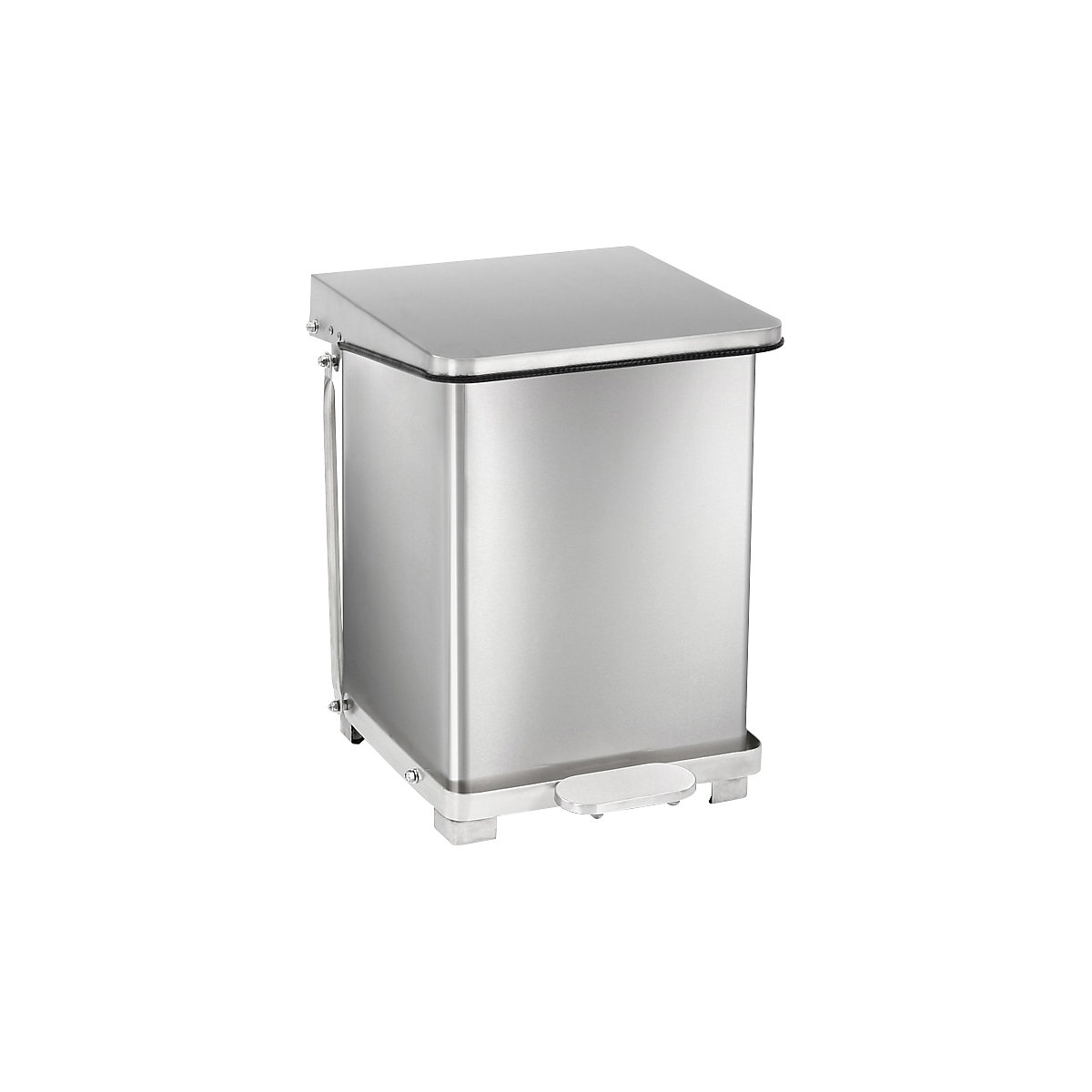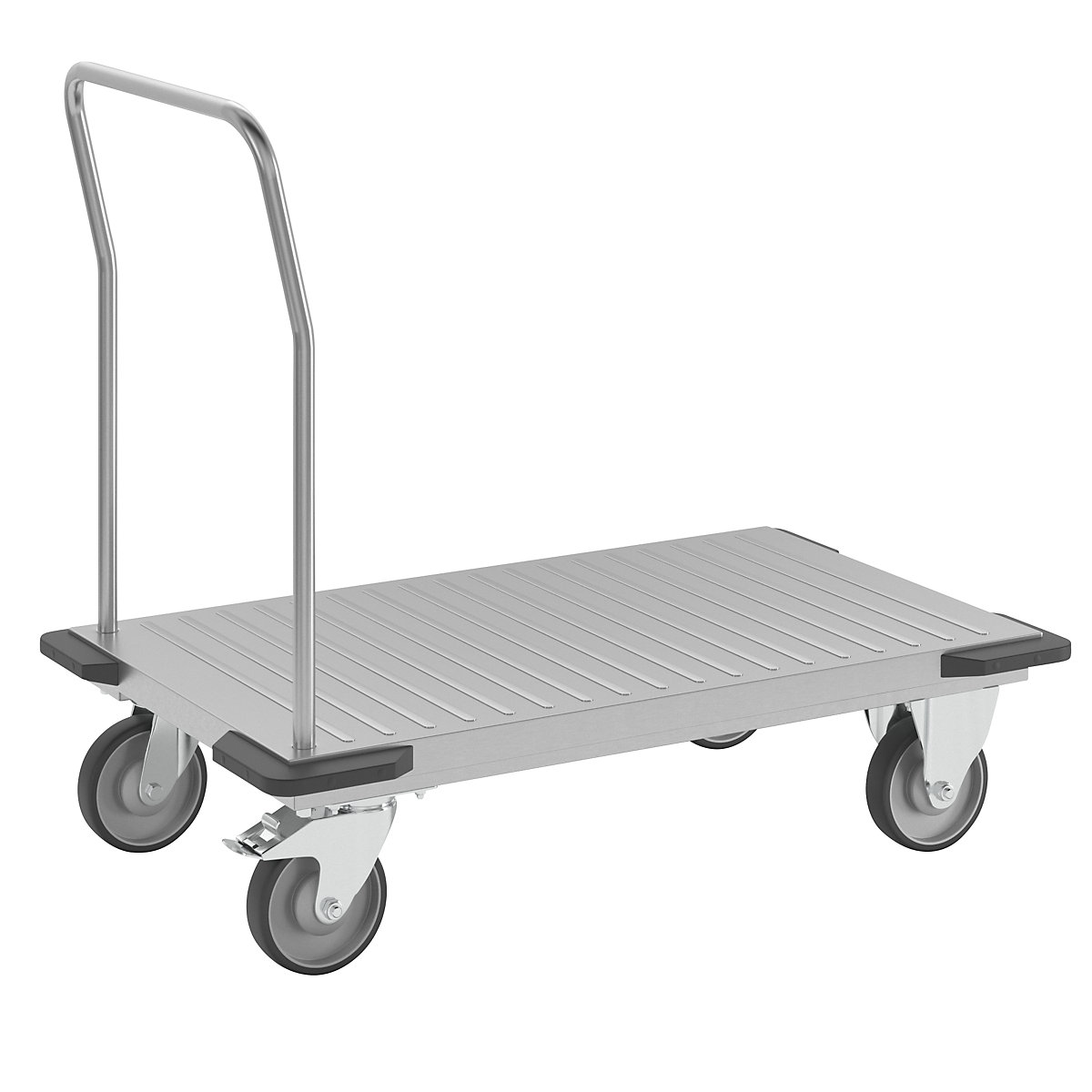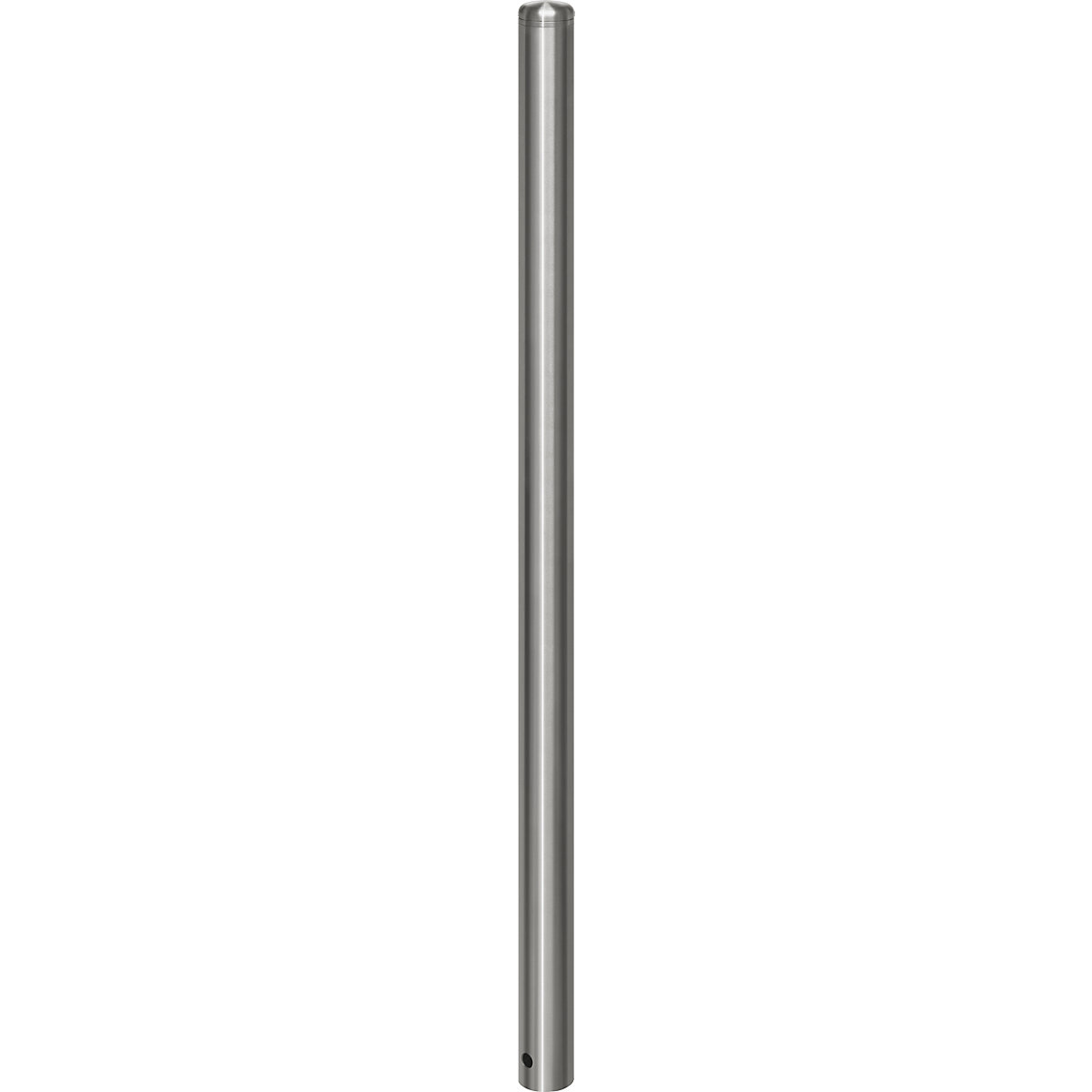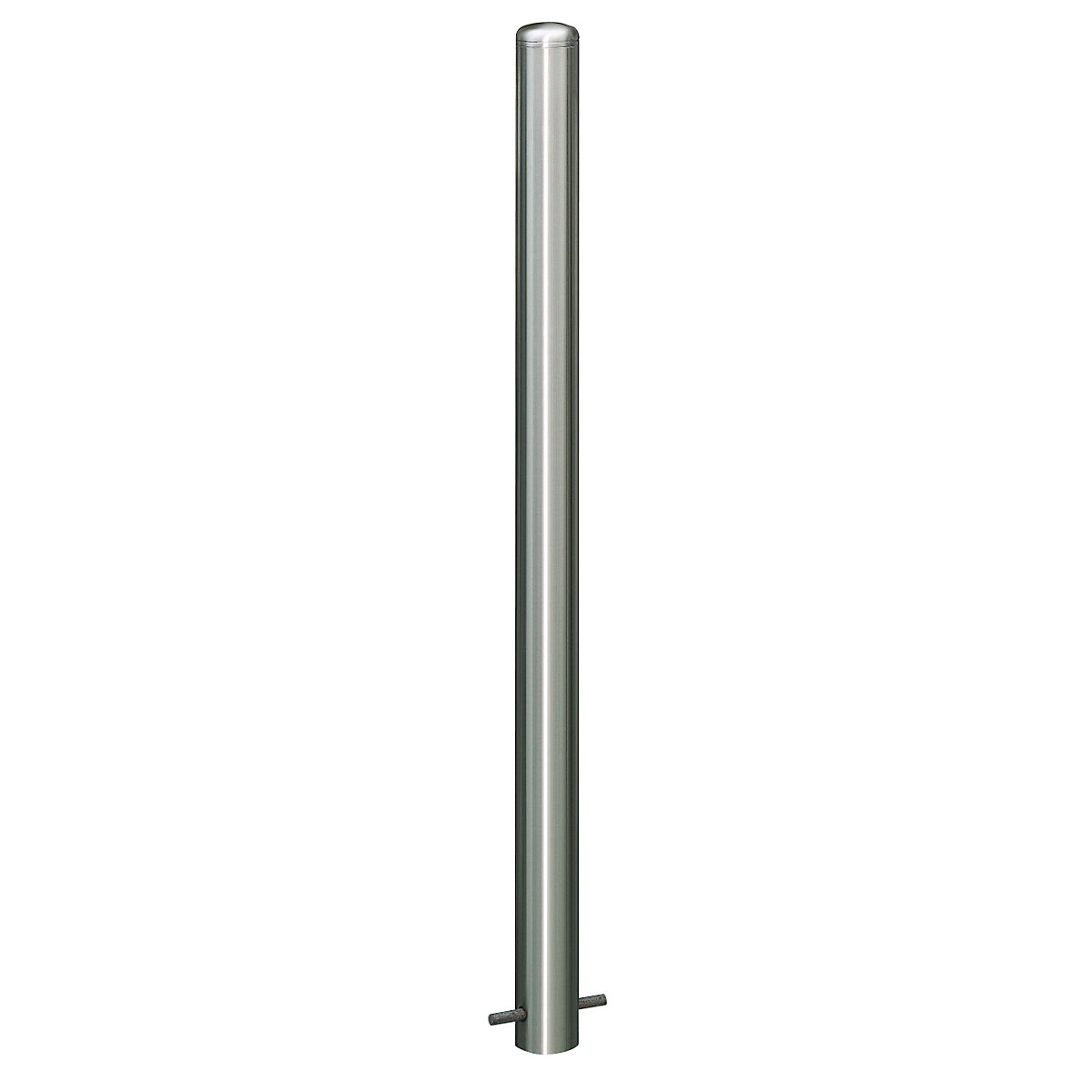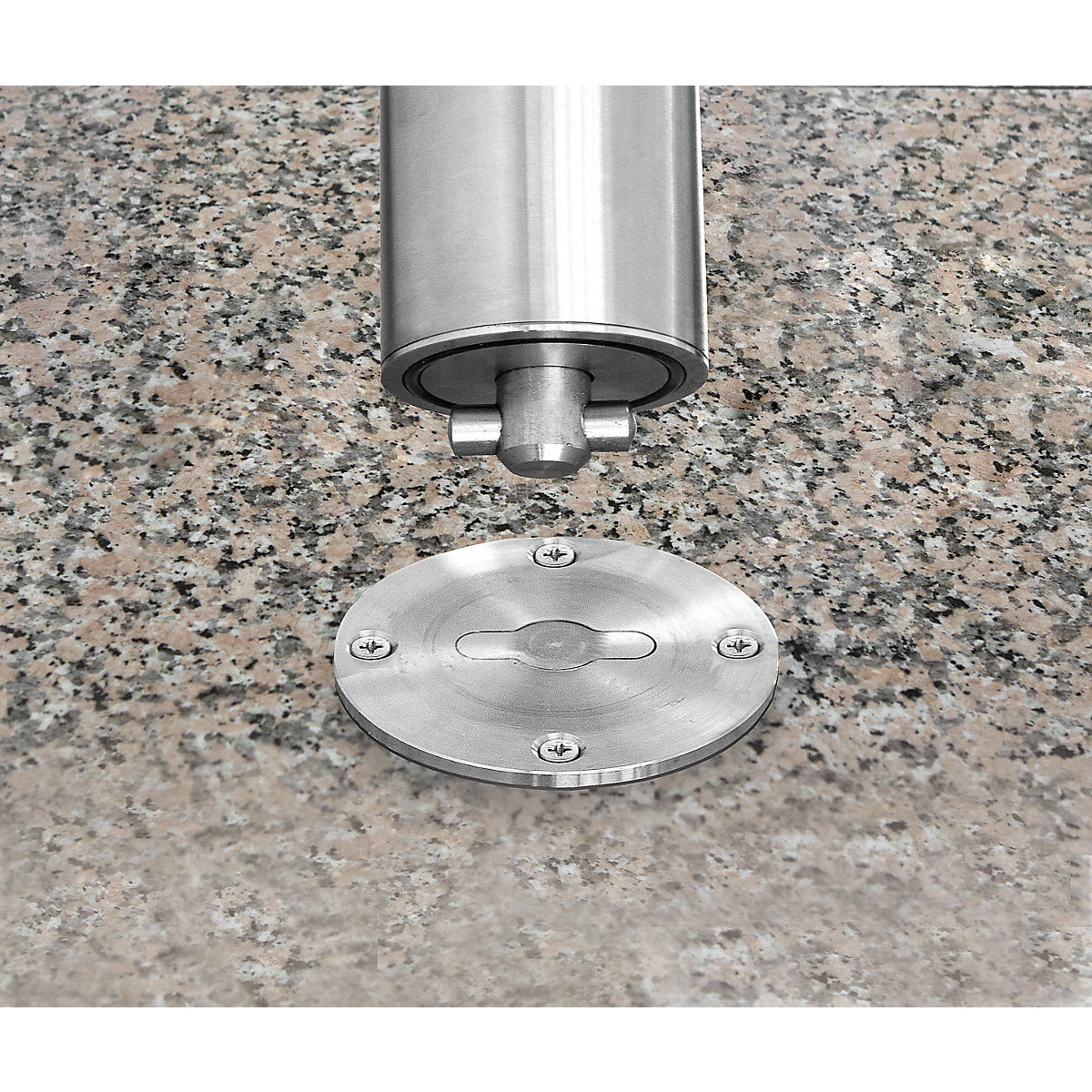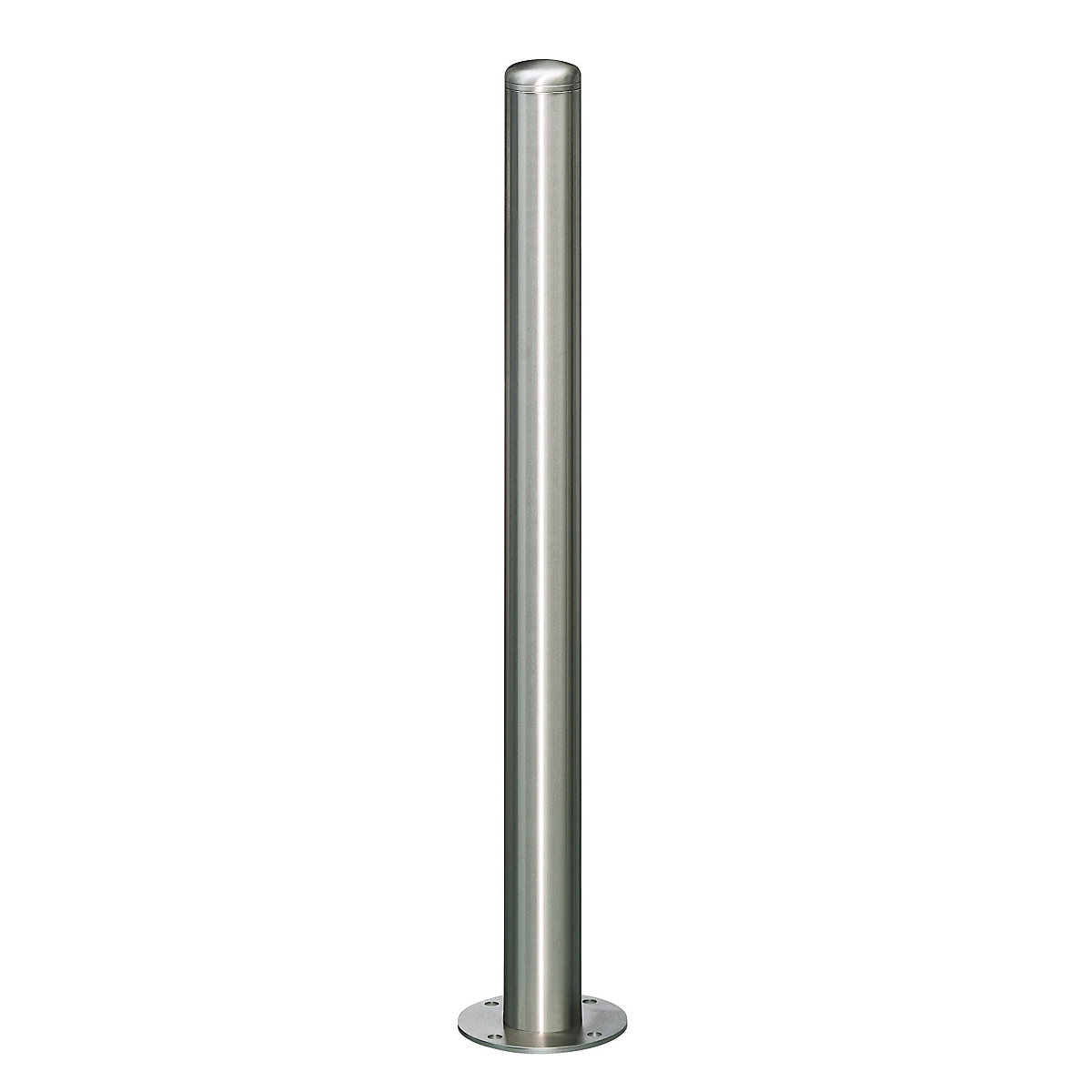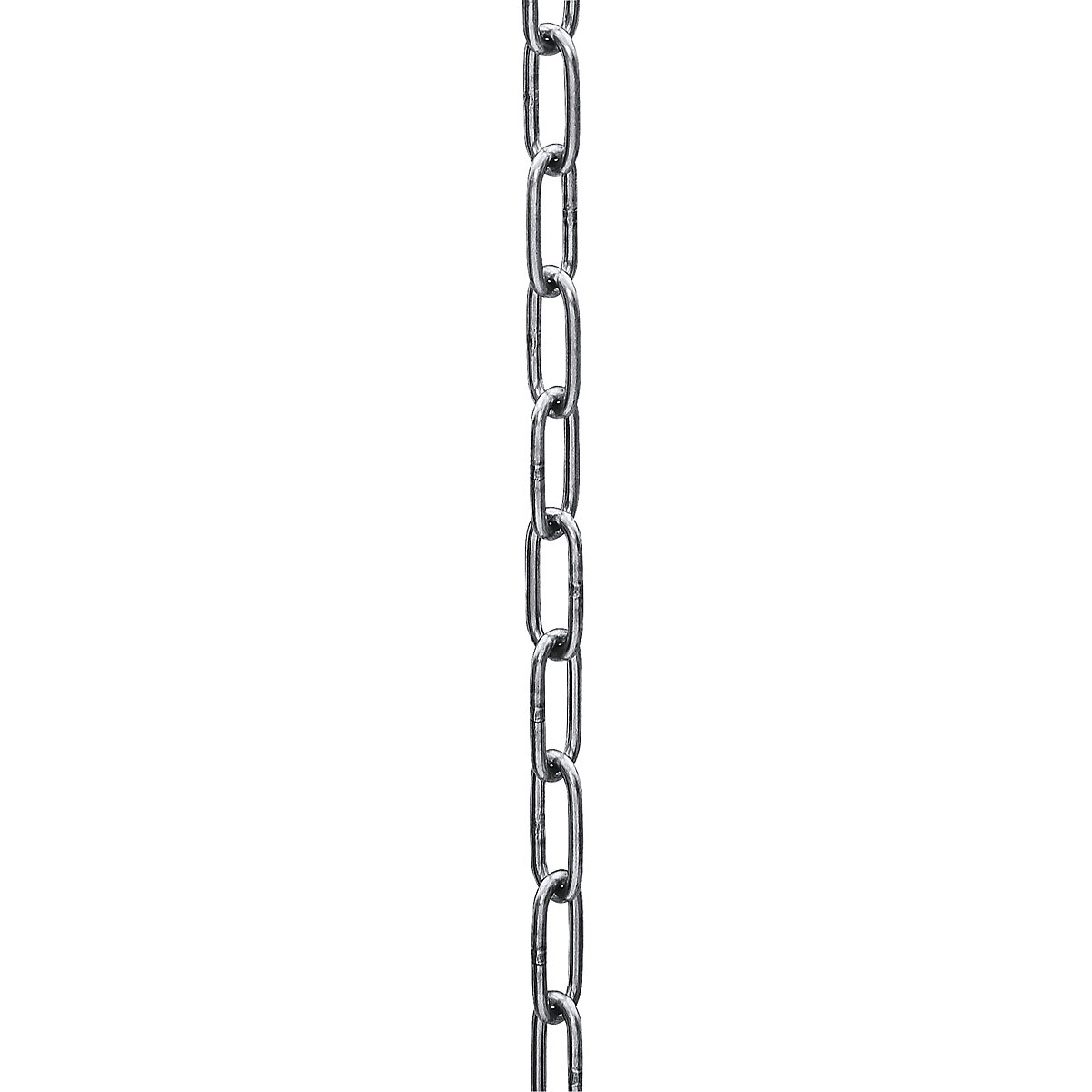Handling and care of furniture and equipment made of stainless steel
Non-magnetisable chrome nickel steel and magnetisable chrome steel are labelled as non-rusting stainless steel, as they have a chrome component of at least 12 %.
Non-rusting stainless steel is corrosion resistant due to a passive layer, which forms on the surface of the metal when it is exposed to oxygen. The oxygen available in the air is sufficient for this. If this passive layer is damaged by mechanical stress or chemically destroyed, and reformation is also inhibited by a lack of oxygen, this will result in corrosion damage - even on stainless steel. Furthermore, non-rusting stainless steel is also not entirely resistant to some chemical compounds. Such compounds include hydrochloric acid, sulphuric acid and caustic soda.
In certain conditions and over the course of time, heavy layers of dirt which contain chlorous salts or extraneous rust can lead to discolourations or corrosion on the surface of the steel.
Therefore, it is important to observe the following general rules when handling furniture and devices made of non-rusting stainless steel
The surface of non-rusting stainless steel should always be kept clean and exposed to oxygen. Corrosion can develop due to a deprivation of oxygen caused by deposits from any type of work. Such handling marks and cleaning agent residues should be removed immediately.
Care should be taken not to damage the surface of non-rusting stainless steel. Damage during use, from cleaning or repair caused by hard, especially metallic objects made of a material that is not non-rusting, must be avoided.

The surface of non-rusting stainless steel may not come into contact with regular, non-rustproof steel or iron for an extended period of time. If rust-free steel comes into contact with iron or regular steel (e.g. swarf, steel wool, pieces of wire brushes or water containing iron), chemical elements which cause self-contained, advanced corrosion will be set free.
By way of exception, spots of extraneous rust which may occur should be immediately removed with a mild scouring agent or fine sandpaper. Heavier rust spots can be removed with acid. Due to the associated risks, this procedure should only be conducted by trained personnel.
Drawers/shelves and devices should be cleaned after each use. This also applies for tabletops and other parts made of non-rusting stainless steel. Only use cleaning agents which do not contain active chlorine to clean non-rusting stainless steel. All types of scouring powder as well as chlorous or cleaning agents with any other type of bleach should be avoided.
If mechanical cleaning is necessary, cleaning utensils made of metal should not be used, but rather brushes with plastic or natural bristles, plastic utensils, sponges or similar. Ample amounts of water should be used when cleaning. Thorough rinsing with clean water is required after each cleaning.
It is very important to make sure that any residue from the cleaning agent used is completely removed, even from corners and hard to reach places. The final step is to dry the surface of stainless steel.
Even acid fumes, which can be produced when tile is cleaned with compounds containing hydrochloric acid, can lead to damage of non-rusting stainless steel. If non-rusting stainless steel should happen to come into contact with hydrochloric acid (or any products which contain it), it should be immediately and thoroughly rinsed off with water.
Firmly adhered dirt (moist, greasy contaminants)
Wash with synthetic cleaning agents supplemented with a light polishing or scouring agent. Parts with a high gloss polish must be handled carefully, as coarse scouring agents can leave behind rub marks and dull spots. Ground finishes can be cleaned with commercially available scouring agents alone, or even with a Scotch-Brite pad in more severe cases. It is important to note that the surface should be rubbed in the direction of the finish.
Water spots
Deposits from dried tap water are not harmful, although they can be unsightly on polished surfaces. When the use of a scouring agent (e.g. scale remover) is not sufficient, vinegar or diluted phosphoric acid will definitely remove the spots. A final drying of clean, but still wet polished parts prevents the occurrence of water spots.
Temperatures
The stainless steel tabletops are reinforced with profiles made of non-rusting stainless steel or with moulded chipboard. Objects which are hotter than 100 °C should not be directly placed on these tabletops.
Disinfection
The term "disinfectants" is generally used to describe substances which are suitable for the elimination of pathogenic microorganisms. Bacteria, viruses, spores, mould and fungi are all microorganisms. In addition to being used for the skin and clothes, the use of disinfectants is particularly important on devices and in rooms. Disinfectants must be bactericidal, fungicidal, virucidal and sporicidal (i.e. microbicidal). Due to the wide variety of requirements for disinfectants, there are only a few types of substances taken into account.
Only products which are found in the list from the German Association for Hygiene and Microbiology (DHGM) should be used.


